The philosophy of materialism has dominated theoretical physics and neuroscience for decades. In this article, theoretical physicist and neuroscientist Àlex Gómez-Marín argues that scientific gatekeeping of alternatives to materialism is the most dangerous type of pseudoscience. To make progress, he argues, we need to examine what we don't understand in our current theories.
This article is presented in association with Closer to Truth, an award-winning broadcast and digital media series that has run continuously since 2000. Closer to Truth's mission is to explore humanity's deepest questions with the world's leading thinkers and scientists.
Closer to Truth is also a partner of the upcoming HowTheLightGetsIn festival in London this September 20-21, next weekend! Come along to see cutting-edge philosophy, science, politics and arts debates with figures like John Gray, Sir Roger Penrose, Alain de Botton, Sabine Hossenfelder, Mary Trump, and many more.
Half a century ago, a research letter entitled “Information transmission under conditions of sensory shielding” was published in Nature. The piece was a remarkable anomaly in the history of the journal. The results were anomalous as well.
The authors, the American physicists Russell Targ and Harold Puthoff, provided psychological and neurophysiological evidence that individuals can obtain detailed information about their environment via some means beyond any known sense. Under controlled laboratory conditions, talented subjects were able to describe pictures and scenes in remote locations, achieving performances whose probability of occurring by chance was astoundingly small. Take a look at the target pictures and responses drawn by Uri Geller (or at Pat Price’s descriptions) under shielded conditions — they are astounding too!
___
Apart from ignorance, the default position is either one of indifference or ridicule. When these fail, virulent opposition comes next.
___
Such a putative extra-sensory perceptual (ESP) ability—referred to as “remote viewing”, and extensively investigated at the Stanford Research Institute as part of the Stargate Project, a US Government-funded initiative to investigate such phenomena (many of whose officially declassified documents sit at the Archives of the Impossible)—defies our basic assumptions about what is possible. However, the scientific standards of the study were comparable to those deemed valid to accept an orthodox discovery that fits within accepted scientific paradigms, or to ingest a new drug advertised by a pharmaceutical company during a sports broadcast commercial.
Fifty (one) years later, where are we? Nobody has a clue about the mechanisms of such a putative information channel (if there is one). Most scientists haven’t even heard about this research and, if they have, they typically assume that such phenomena don’t exist because they can’t. Apart from ignorance, the default position is either one of indifference or ridicule. When these fail, virulent opposition comes next.
___
But what counts as an “extraordinary claim” and why? The dictum is too vague to be meaningful. And what counts as “extraordinary evidence”? Is there a difference in kind or in degree with “ordinary” evidence?
___
The skeptical warning, no doubt, comes to mind: “extraordinary claims require extraordinary evidence” (but also extraordinary patience, curiosity, and prescience). Such a catchy phrase was popularized by the great Carl Sagan and it is repeated, like parrots in a choir, by all dogmatic skeptics. The original quote, however, comes from a true skeptic, the American sociologist Marcello Truzzi, who, in the editorial of the first instalment of the legendary magazine The Zetetic, wrote that “where the claims are extraordinary, the burden of proof increases proportionately”.







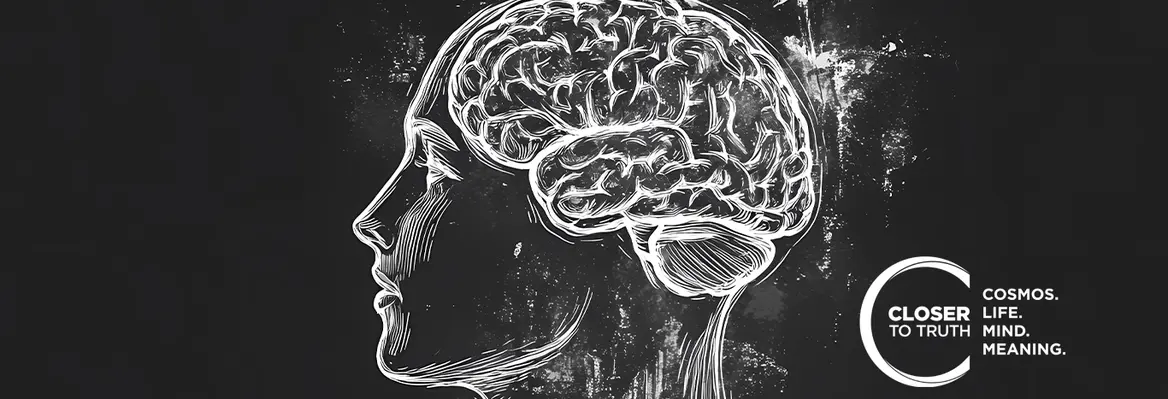
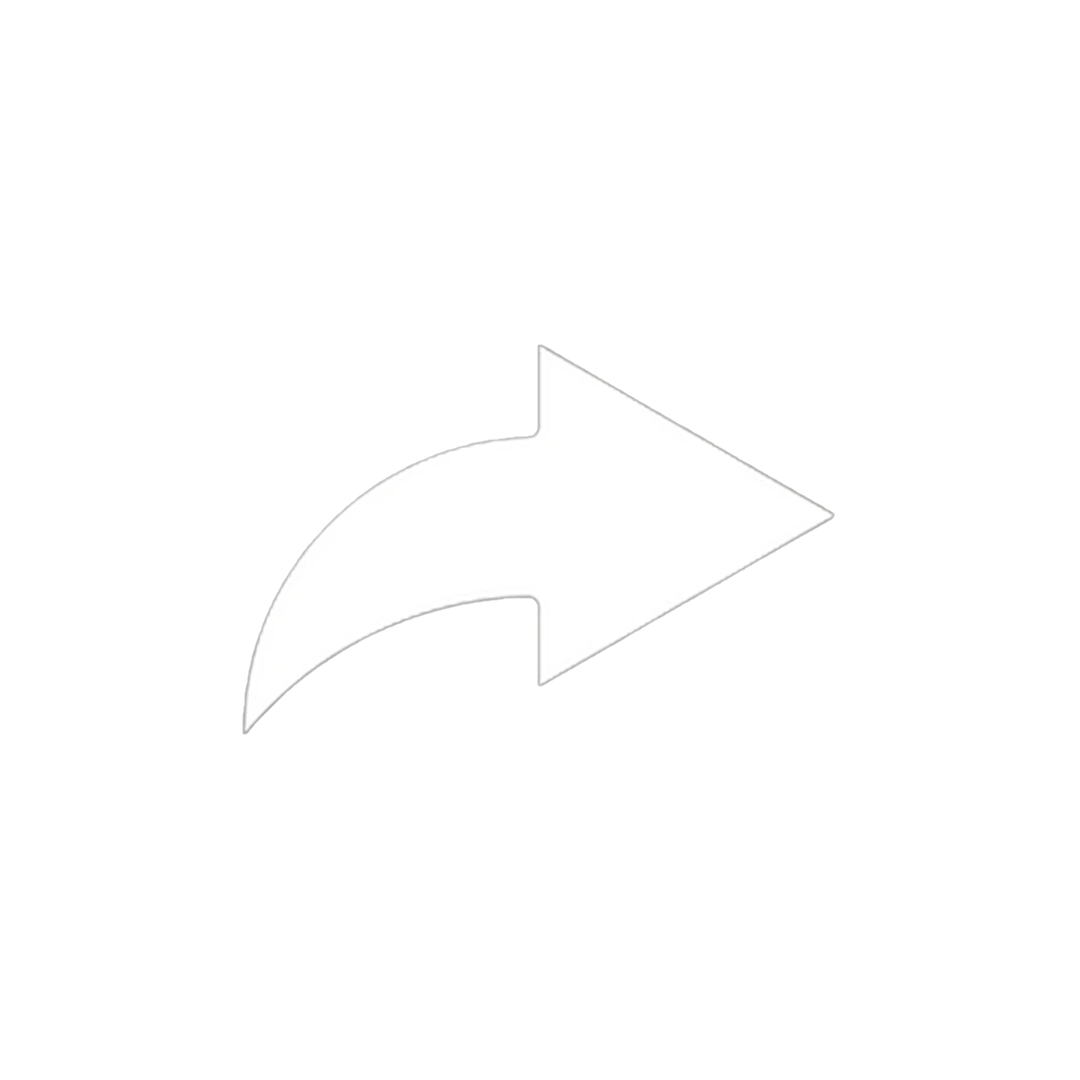

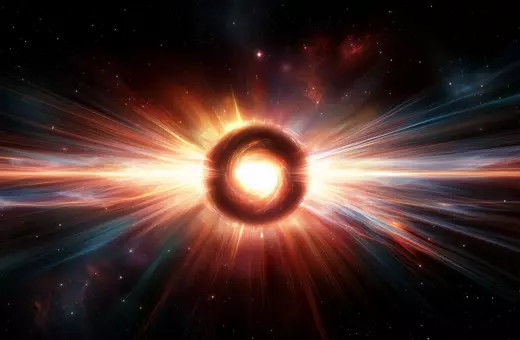




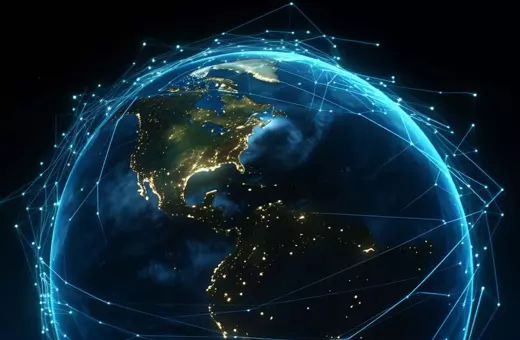


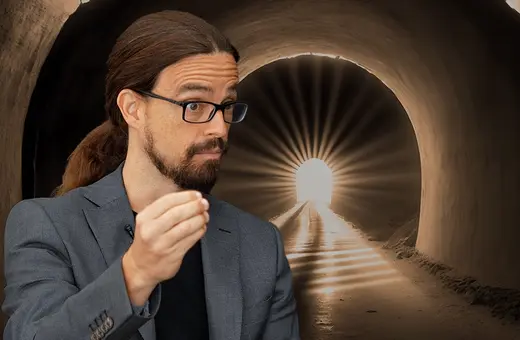

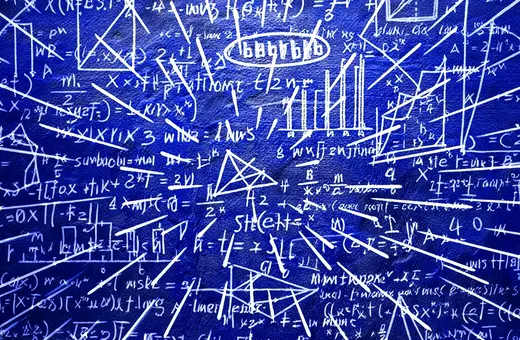
Join the conversation